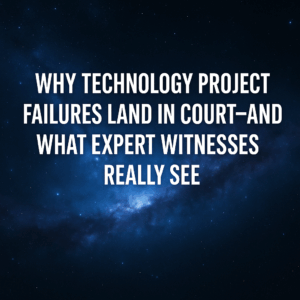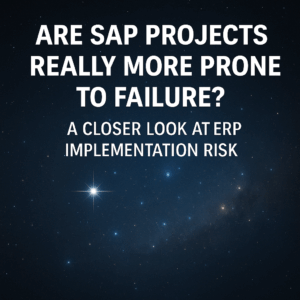Investment in digital transformation is a necessity for any business today. However, it is seen as a necessary evil for many organizations rather than an opportunity for competitive advantage.
Because of this, companies face delays in the decision process to acquire new technologies. Budgets and focus move to immediate, more tangible investments, such as new product lines, expanded distribution, and other strategies that hit the top line. Ultimately, under this scenario and without proper IT investment, existing technology becomes stressed to the point that operations and the bottom line take a hit.
When sharing this concept with decision makers at many companies, the immediate reaction is that the necessary IT investments will be reviewed when stress cracks start to show. Sounds simple enough, but waiting until this point violates a key principle we were all taught in business school: Opportunity Cost.

Once a technology initiative is considered, it takes time to define the strategic approach, time to evaluate development and delivery alternatives, time to prepare internally, and considerable time to implement the technology itself as well as the resulting change impacts to the organization. While this is occurring, competitors that have taken moves to stay current with technology jump ahead in production scheduling, delivery time, client satisfaction and ultimately revenue and profit.
While it may seem cheaper and faster to do nothing, it is probably costing you more. Here are some of the hidden costs of doing nothing:
- Higher IT maintenance and support costs
- Operational inefficiencies
- Lost opportunities to provide better service to your customers
- Sub-optimized top-line revenue growth
- Lack of inventory optimization
- Employee frustration
- Difficulty hiring employees that may not be comfortable with your dated legacy systems
Cutting organizational change management from your project is another example. Companies often think that this will save them money, but it will actually cost them more in the long term. The benefits lost and operational disruption caused by poor organizational change is typically much more costly than whatever costs may have been saved up front.
Business today moves fast, and decision and action from leadership needs to keep up. Technology is, in many cases a necessary evil meaning you need it to run your business. Ignoring it simply is not an option, and those who act on this understanding will find themselves ahead of the competition.





